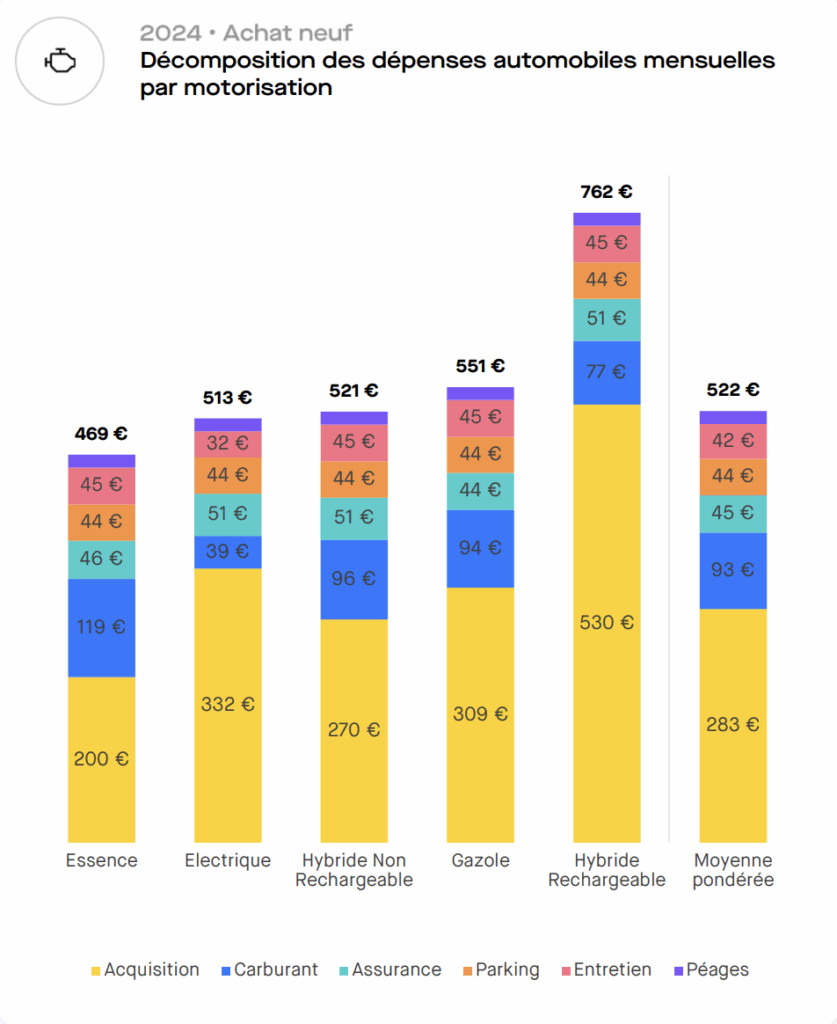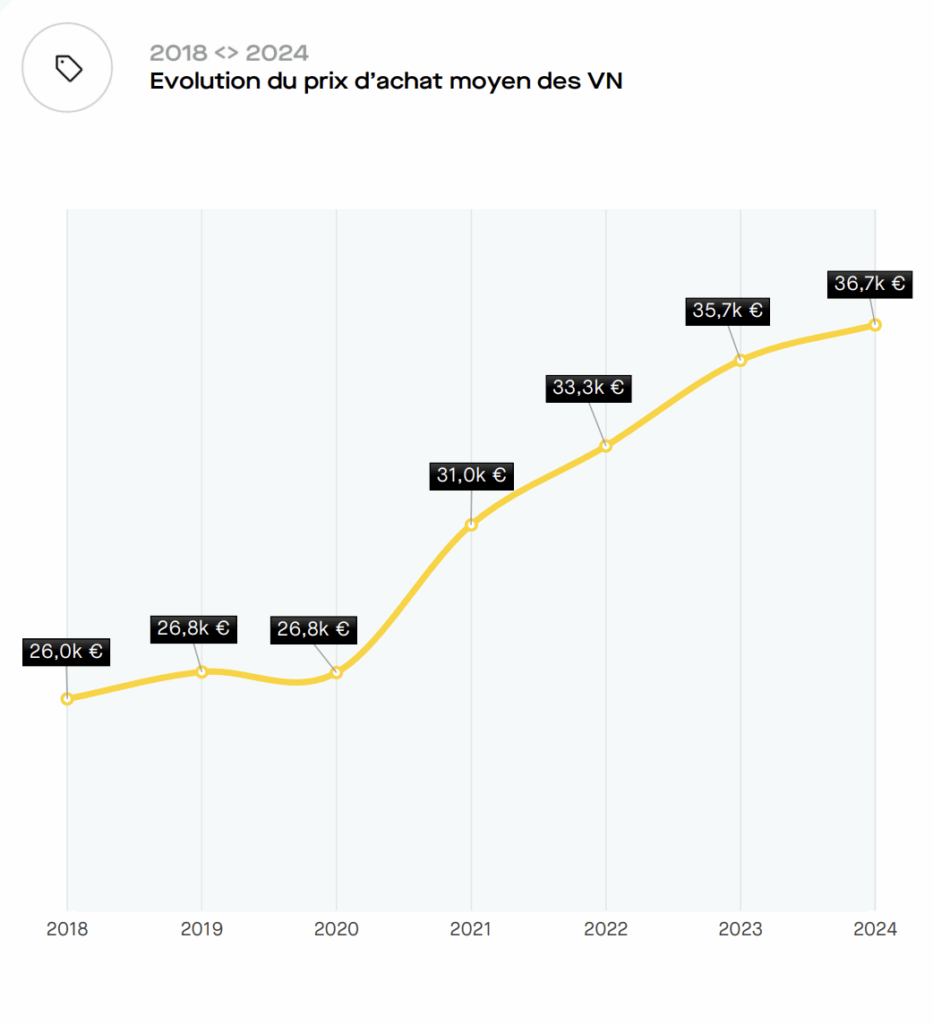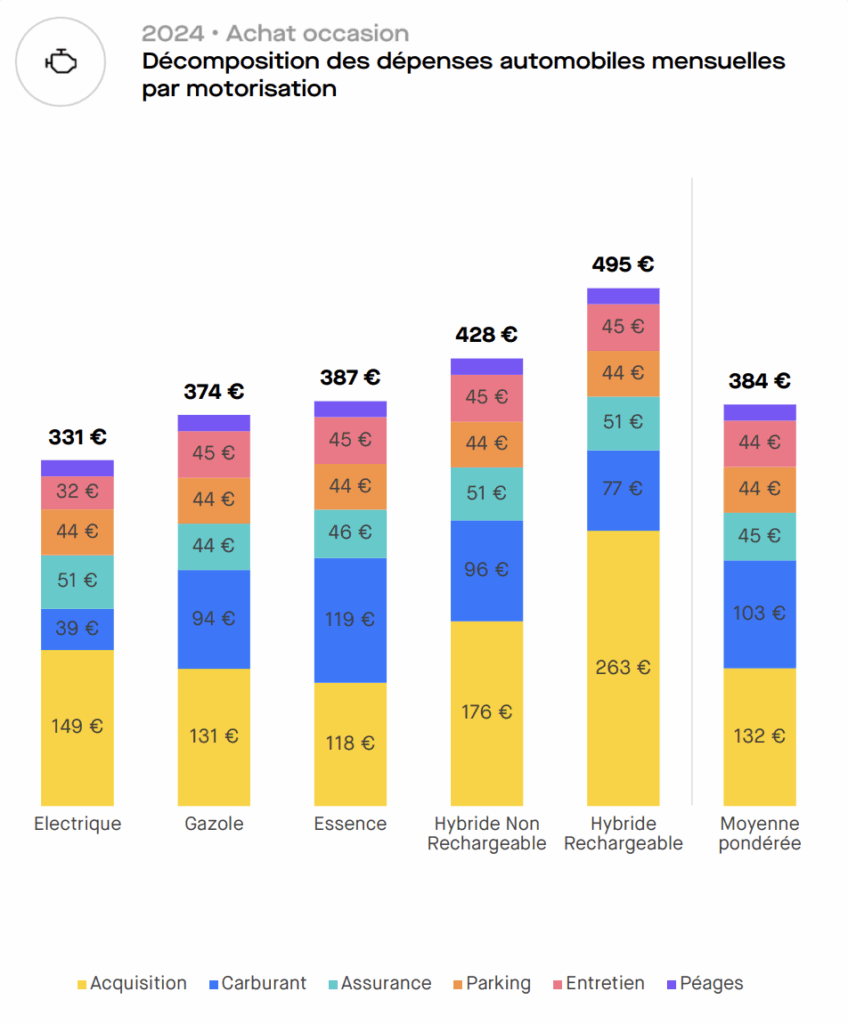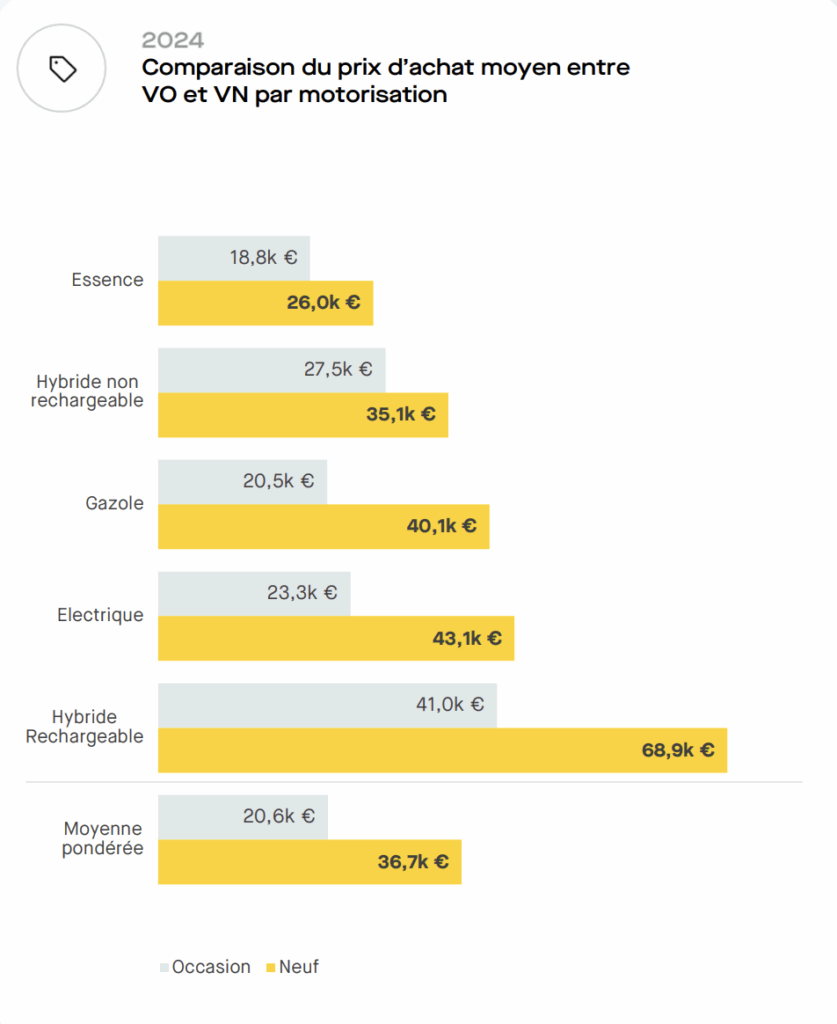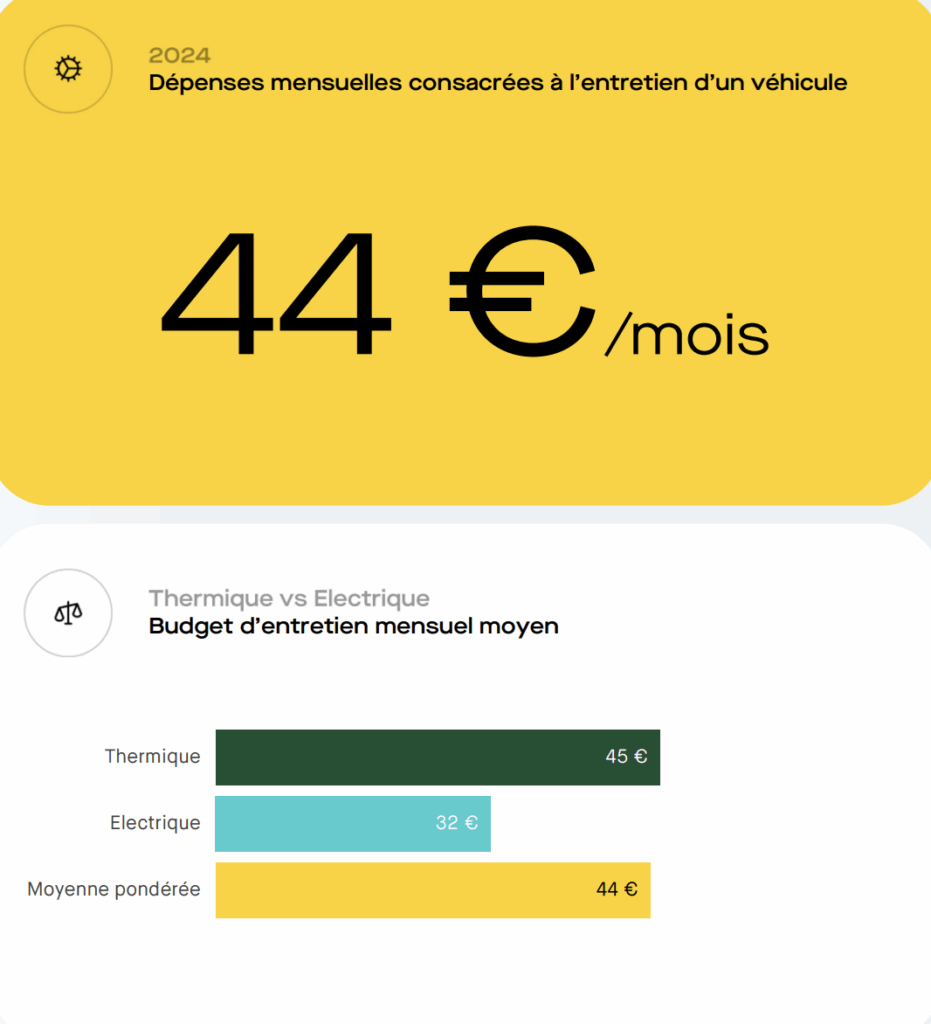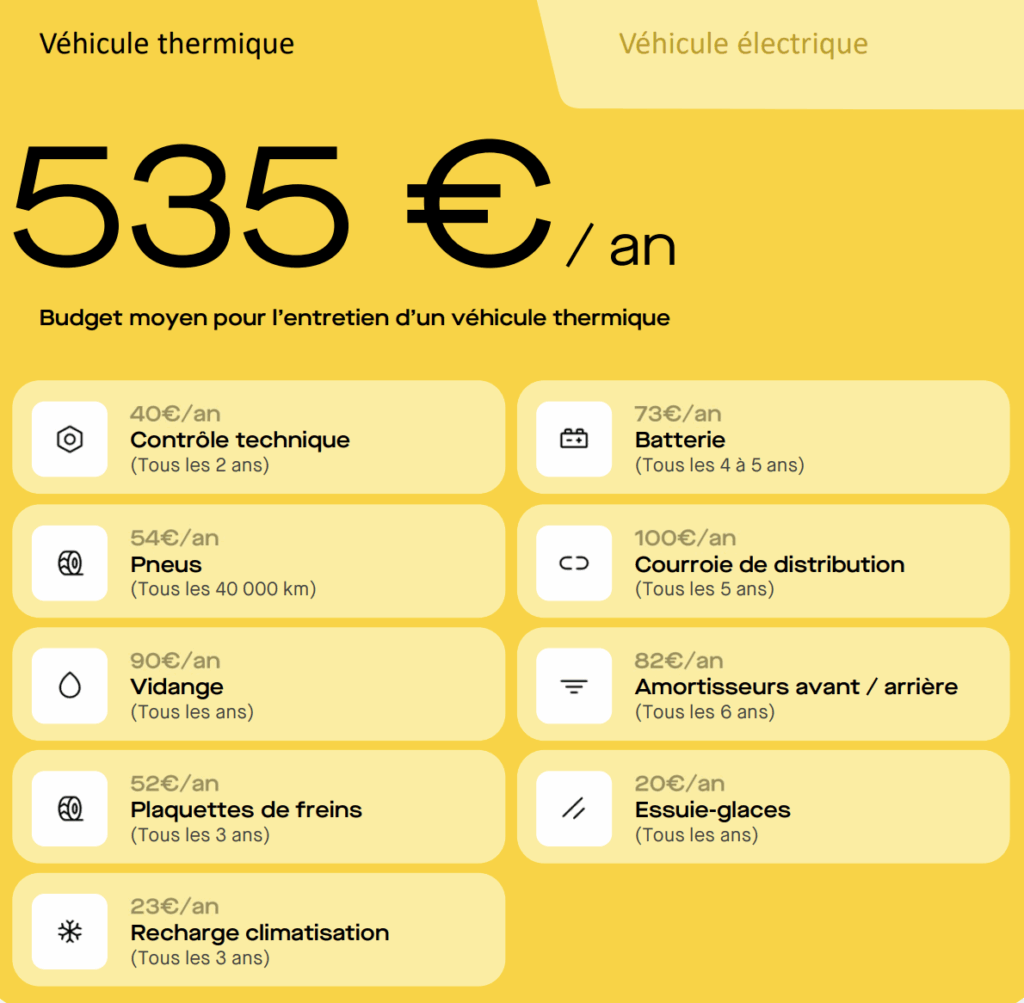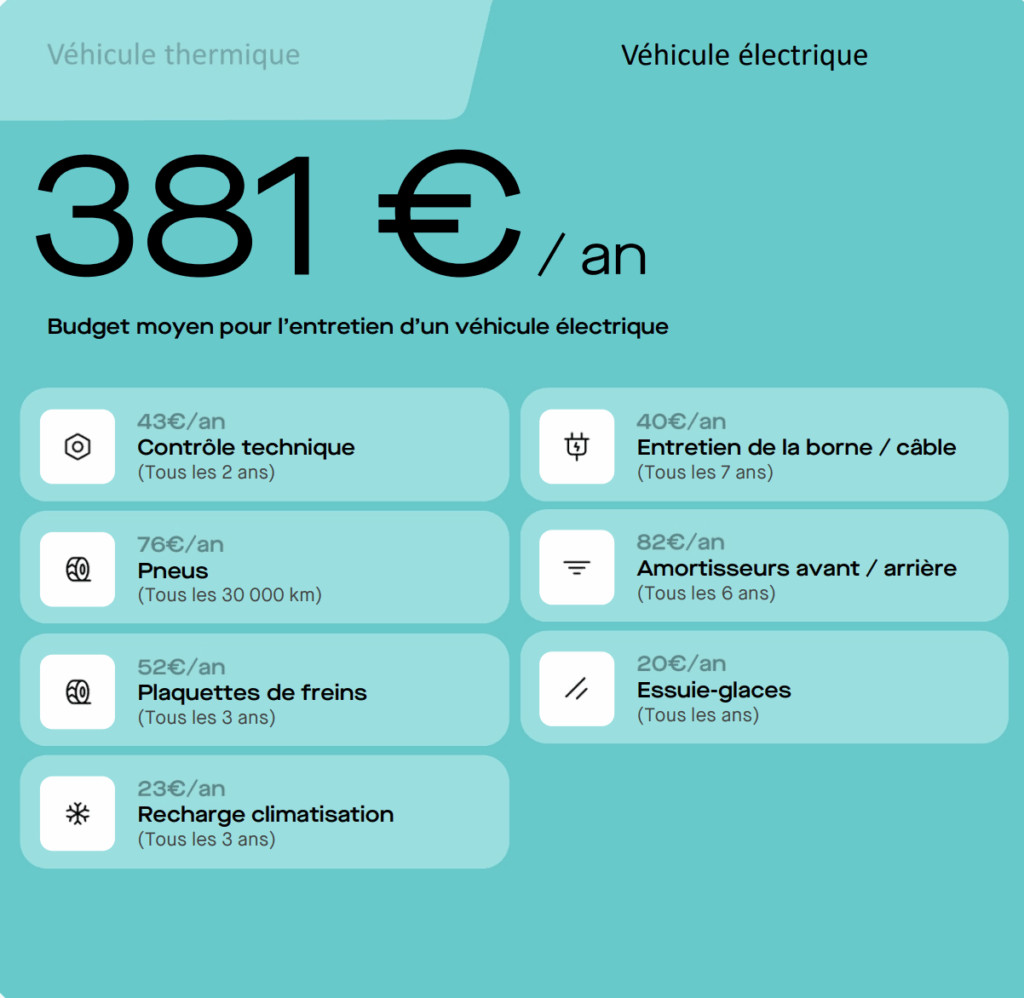In France, according to the Roole Data 2025 study, owning a car costs an average of €416 per month. A figure that strongly resonates in Belgium, where companies aim to reduce mobility costs while accelerating their transition toward sustainable corporate mobility.
How can businesses turn this financial constraint into a strategic advantage? Let’s explore how Belgian employers can use these insights to build smarter, more sustainable mobility policies.
💰 From Individual Cost to Collective Strategy: Rethinking Corporate Mobility
The study reveals that nearly two-thirds of car expenses are fixed — insurance, parking, financing — and don’t depend on how much the vehicle is used. This shows the limits of the “one car per employee” model.
In Belgium, this calls for a shift in internal mobility policies: developing sustainable fleet management, promoting active mobility, and offering employee mobility solutions such as shared cars, company bikes, and public transport passes.
This is exactly the purpose of a corporate mobility plan: analysing real mobility needs, identifying alternatives, and implementing sustainable mobility coaching to support behaviour change.
⚡ Fleet Electrification: A Strategic and Economic Lever
Roole Data highlights a crucial fact: electric vehicles cost 30% less to maintain than combustion cars. For Belgian companies, this insight is key. Fleet electrification helps not only reduce a company’s carbon footprint but also control long-term costs thanks to simplified maintenance and attractive tax incentives.
However, this transition must be supported by corporate charging infrastructure and smart usage management: shared vehicles, off-peak charging, and intelligent charging station management.
🔌 Plug-In Hybrids: Between Tax Promise and Budget Reality
According to Roole Data, plug-in hybrids (PHEVs) are currently the most expensive powertrain to own, with an average monthly cost of €762 for new vehicles. Why? Because they are mostly premium SUVs and sedans with a high purchase cost — around €530 per month versus €200 for petrol and €309 for electric cars.
On paper, plug-in hybrids can drive 40–60 km in full-electric mode, but only if charged regularly. In reality, many users rely mostly on the combustion engine, cancelling the environmental and financial benefits.
In Belgium, plug-in hybrids have long benefited from favorable tax treatment, but this is changing:
- Since 2023, only “true hybrids” (battery ≥ 0.5 kWh/100 kg and ≥ 50 km electric range) remain highly deductible.
- From 2026 onwards, new plug-in hybrids will gradually lose their tax advantage in favor of full electric vehicles.
In short: plug-in hybrids did make sense for some corporate fleets, but they are not a long-term sustainable solution. They should be part of a transitional mobility strategy with clear charging policies and monitored usage.
📊 Cost Comparison by Powertrain (Belgium 2025)
| Powertrain Type | Estimated Monthly Cost (€) | Acquisition Cost (€) | Energy Cost (€) | Maintenance (€) | Tax Deductibility | Benefit in Kind (BIK) | Best Use Case |
|---|---|---|---|---|---|---|---|
| Petrol | 470 | 200 | 120 | 45 | 50–70% | High | Short commutes, rural areas |
| Diesel | 520 | 280 | 90 | 45 | 70–90% | Medium | Long-distance, intensive use |
| Hybrid (non-rechargeable) | 520 | 270 | 100 | 45 | 75–90% | Medium | Mixed city/highway driving |
| Plug-in Hybrid (PHEV) | 740 | 530 | 80 | 45 | 50–100% (depending on electric use) | Low if charged regularly | Daily use with frequent charging |
| Electric | 510 | 310 | 40 | 32 | 100% (until 2026) | Very low | Urban travel, commuting, shared fleets |
Source: Roole Data 2025, adapted for Belgian market (fiscality, energy, maintenance, ATN).
🚴♀️ From Cars to Multimodal Mobility: The Role of the Corporate Mobility Budget
In Belgium, the corporate mobility budget allows employees to exchange their company car for a company bike, public transport subscription, or MaaS (Mobility as a Service) solutions.
Implementing this system requires corporate mobility consulting to define the right criteria, fiscal rules, and digital tools. It’s an opportunity to make commuting smoother and significantly improve sustainability at work.
🌱 Awareness and Training: The Hidden Success Factor
Raising awareness about soft mobility is essential. Combining sustainable mobility coaching and internal training helps change employee habits over time. Building a consistent internal mobility policy, communicating the benefits of a corporate mobility budget, and celebrating best practices all contribute to a more responsible company culture.
🧭 Brussels: A Living Lab for Sustainable Corporate Mobility
With its urban density and local green policies, Brussels is becoming a true laboratory for sustainable corporate mobility. Between shared company fleets, active mobility programs, and carbon footprint reduction goals, businesses in the capital are showing the way forward.
🧩 In Summary: How to Implement a Corporate Mobility Budget in Your Company
- Assess your current mobility situation: understand actual costs and usage.
- Build a corporate mobility plan aligned with employee needs.
- Define a clear internal mobility policy that includes the corporate mobility budget and MaaS solutions.
- Develop charging infrastructure and encourage active mobility.
- Train and coach your teams through dedicated sustainable mobility programs.
Mobility is no longer a constraint—it’s a strategic driver of performance, employer branding, and sustainability for Belgian businesses.
